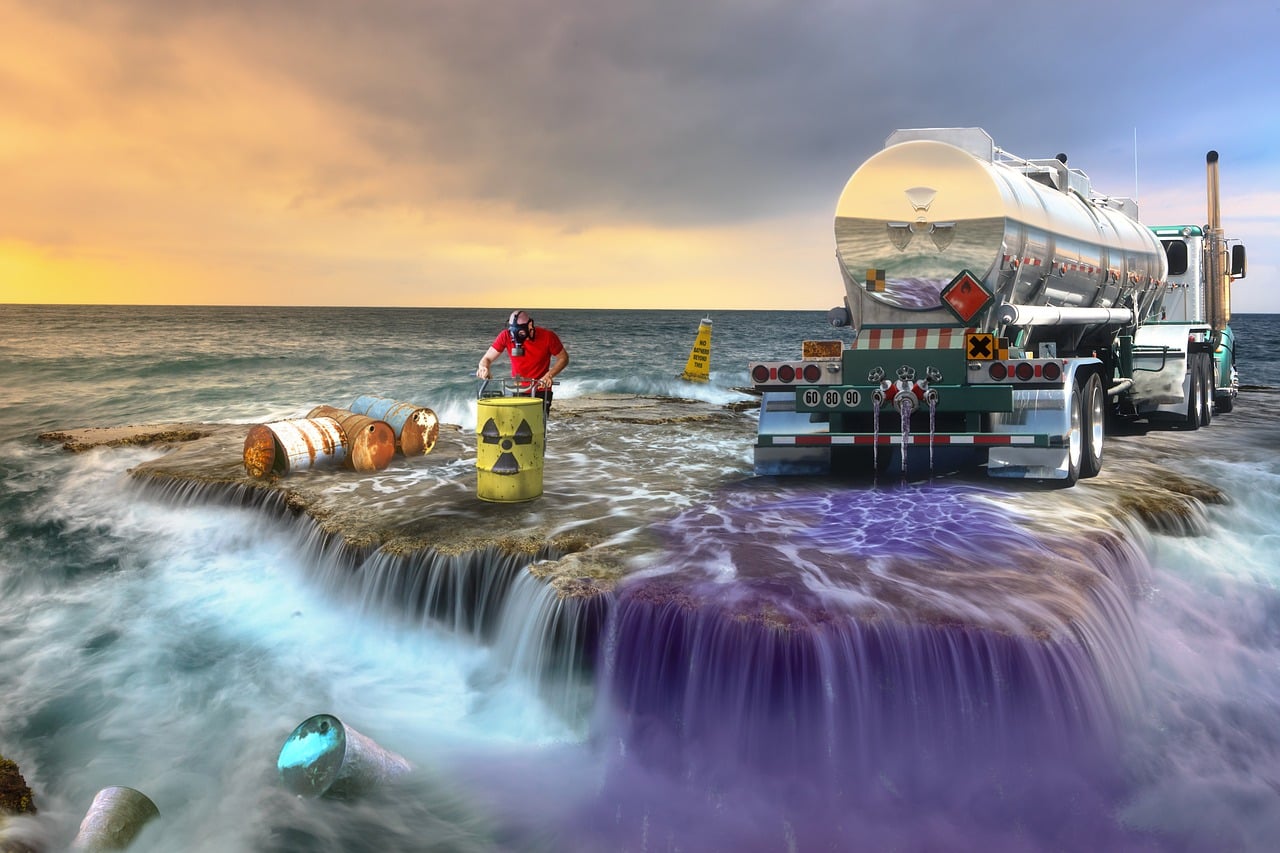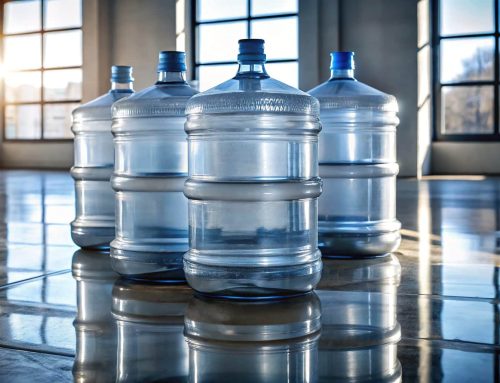Fukushima, a nuclear powerplant in Japan that holds over a million tonnes of contaminated water, which is stored in containers. However, they predict that they will run out of space by the year 2022.
What does this mean for the ocean? Well, that’s where they plan on dumping it, and while that makes no logical sense whatsoever, they still claim that they have nowhere else to dump it. That’s why they plan on dumping it into the Pacific Ocean, according to the country’s environmental manager.
Not only are environmental activists furious, but soon local fisherman will be too, as dumping more than a million tonnes of nuclear water is sure to contaminate a large part of the ocean. This will kill fish and make them inadequate for human consumption. Other than that, it’s also not very safe for those who reside close to the Pacific.
Where Does the Radioactive Contaminated Water Come From?
The water, over one million tonnes, has accumulated at the nuclear plant ever since Japan was struck by a tsunami in 2011. When the tsunami occurred, thousands were already forced to evacuate their homes in the area.
Local service providers, such as Tokyo Electric Power (Tepco), has struggled to keep groundwater in the area clean, ever since the natural disaster.
Tepco has since managed to remove radionuclides from water. However, their technology still hasn’t been able to get rid of hydrogen, titanium, and radioactive isotope.
Even though Fukushima’s decision may come as a shock to environmental activists, and the entire world where it’s making headlines, coastal nuclear plants have been known to dispose of water containing tritium in the ocean.
Tepco has also admitted that water in their tanks still contains contaminants other than tritium. Currently, Fukushima claims to have no other option, but to dispose of its water into the ocean.
Get bottled water coolers and plumbed water coolers from Living-Water in London.






